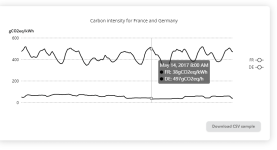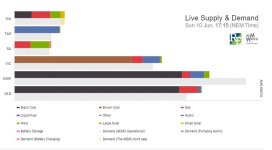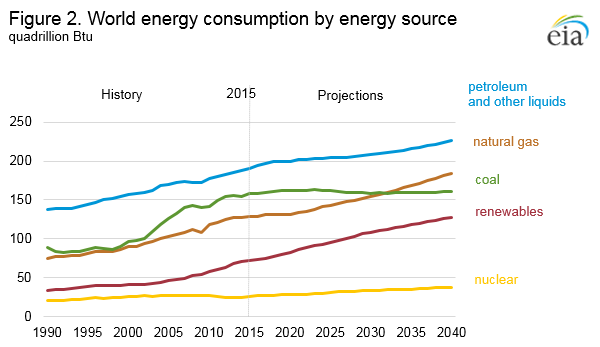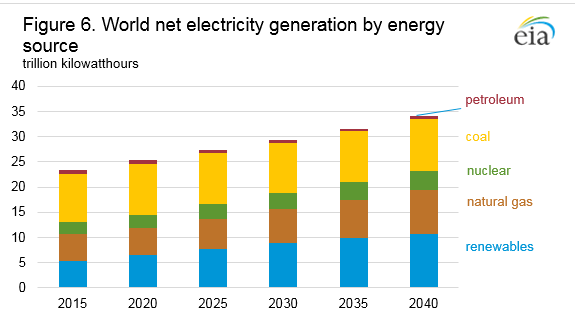jimw1960
10 kW
Gotta love that hillhater dude. Always with the negative vibes. While he is beating out the constant refrain of how it can't be done, we are here doing it. Closing 3 out of 4 coal plants (2 this year and one in 2030) and increasing renewables (almost entirely wind and solar) to 50 percent of the portfolio seems like a pretty significant step in the right direction. Yes, they will continue to rely on power purchases, but a lot of that in Texas will be from private wind farms, which are all over the state.
The biggest question mark is what will make up what they are calling "flexible generation." It says clearly in the presentation that the "technology to beat" is small combined cycle gas units for the flex gen portion. I think small modular nuclear reactors may be the technology to fill this gap, but that probably won't happen until 2030 or later.
And Bill Von is correct regarding the demand management side of things: we have a program where thousands of households volunteer to get free programmable thermostats (I have them in my house) that allow the city to shut off your A/C, heat, or water heater for up to 15 minutes at a time on a rolling basis. There are also several limestone quarries here that use a huge amount of power for cement production, and have agreements to cut back power use during peak demand times, which are seldom more than a couple of hours on a few days of the year.
All in all, the plan is feasible and will result in cutting CO2 emissions in half by 2040 while at the same time growing the local population by over 1 million people.
The biggest question mark is what will make up what they are calling "flexible generation." It says clearly in the presentation that the "technology to beat" is small combined cycle gas units for the flex gen portion. I think small modular nuclear reactors may be the technology to fill this gap, but that probably won't happen until 2030 or later.
And Bill Von is correct regarding the demand management side of things: we have a program where thousands of households volunteer to get free programmable thermostats (I have them in my house) that allow the city to shut off your A/C, heat, or water heater for up to 15 minutes at a time on a rolling basis. There are also several limestone quarries here that use a huge amount of power for cement production, and have agreements to cut back power use during peak demand times, which are seldom more than a couple of hours on a few days of the year.
All in all, the plan is feasible and will result in cutting CO2 emissions in half by 2040 while at the same time growing the local population by over 1 million people.







